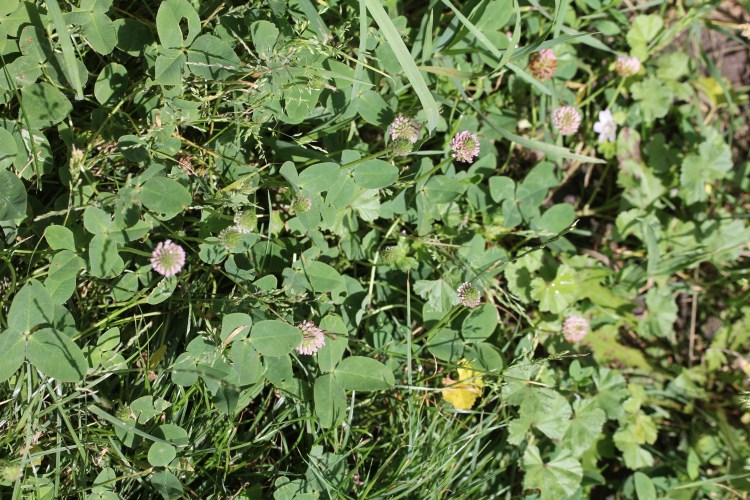
Lately I feel like I am leading this secret double life. Friends and family see the typical homeschooling mom struggling to get the kids to activities, cook a meal, clean the house, do the laundry, educate the next generation, and support a gifted child. In my spare moments I try to squeeze in a blog that has no following, stock the apothecary cabinet for clients who may never come, and learn as much as can about true causes of chronic health issues. I am powdering herbs at midnight while my family sleeps, reading books on Chinese/Tibetan/Ayurvedic medicine during music lessons, and squeezing alcohol out of plants to the sounds Outschool in the background. It is exhausting and I wonder what my life will look like at this time next year. There are many moments of discovery and recovery. I forgot how much I loved working with healing plants. I feel such joy going out into the garden to harvest plants just as the dew is drying. I feel transported to a bazaar when I open a cabinet door and the smell of herbs drifts out enticingly.

Last year I had the opportunity to take on-line classes and attend two weeks of workshops on the subject of traditional Mexican healing. One of the things I observed was the use of clay. Earth is an ancient and amazing healing substance. It can serve to draw out heat, energy, and toxins from sites of pain, inflammation or poor circulation. It is thought to address fever, headaches, hot flashes, growths, gout, and skin issues (acne, rashes, allergies etc.). Besides cooling, detoxifying, soothing, and healing there is a purifying element to clay. Being covered in clay is an experience that few people get to have here in America. We just don’t have the resources and venue for it. I put my own spin on the tradition by adding in powdered herbs with healing l qualities. If clay can draw out then it can introduce in. I use bentonite clay as my base, apple cider vinegar as the liquid, and add the herbs at the end mixing until I get a smooth consistency. There are some other tricks to a treatment. If you want to know about those then you will have to stop by the backyard pharmacy and try it for yourself.


My “red” clay mixture has red clover as one of its ingredients. Maybe you are more familiar with this plant as animal food, a favorite of bumblebees, nuisance “weed”in your lawn or a nitrogen fixing crop. Trifolium is native and cultivated throughout the world. You will find this member of the pea family in fields, along roads, and sometimes wild in the mountains. The short rootstock produces several “fuzzy” stems that can be up to 2 feet high. The trifoliate/3 parted leaves grow from the base and along the stems. Oblong/oval leaflets have streaks of white/a single pale chervon and a slightly toothed margin. Trifolium has pink, magenta or purple flowers, sometimes white. These are quite small, resemble others in the pea family(banner, wings, keel), and form a dense domed head. Red clover will grow in any type of soil and prefers sun.
Not to be confused with crimson clover, Trifolium has a long history as medicine. Red clover has been used as a powerful blood cleanser. It removes toxins, increases the flow of bile, decreases swelling, reduces irritation, assists tissue repair, boosts vitality, supports the lymphatic system and improves elimination. It is thought to be high in vitamins and minerals. Red clover may help with constipation, pain/cramps, inflammation, poor appetite, degenerative diseases, bone density loss, coughs, congestion, bronchitis, asthma, cancer prevention, hot flashes/menopause, acne, eczema, psoriasis, arthritis, cysts, blood clots, diarrhea, infections, skin cancer, and infertility.
A poultice/compress/wash applied externally may relieve the discomfort conjunctivitis, gout and rheumatism or be used to treat sores, burns, growths, bug bites, and fungal infections.
Parts used:flowers and upper leaves. The plant is edible in a salad, cooked and the seeds are commonly sprouted. This plant is very high in minerals and vitamins.
Taste :Sweet and Salty
Energetics:moves phlegm/damp, blood and lymph. Moist and cool.
Contraindications:pregnancy, before surgery. Do not harvest in the fall when leaves could be moldy. Avoid use if you are on blood thinners.
Have you ever eaten clay, used it to build/throw a pot on a wheel, or used it in a facial? What was that experience like for you?
Hello! What a timely post – I just mixed up another batch of miracle grains using the recipe from Rosemary Gladstar’s Herbs for Natural Beauty. Her recipe calls for white clay, but I use a combination of kaolin and rose clays. Once I have the dry grains all mixed, I make up a small batch of moistened grains by blending them with some rose hydrosol and honey to use on my face in the shower. I’ve been using this recipe for about six months and love it. Other than that, my experience with clays extends to a few years of pottery classes, which I would always love to take up again!
LikeLike